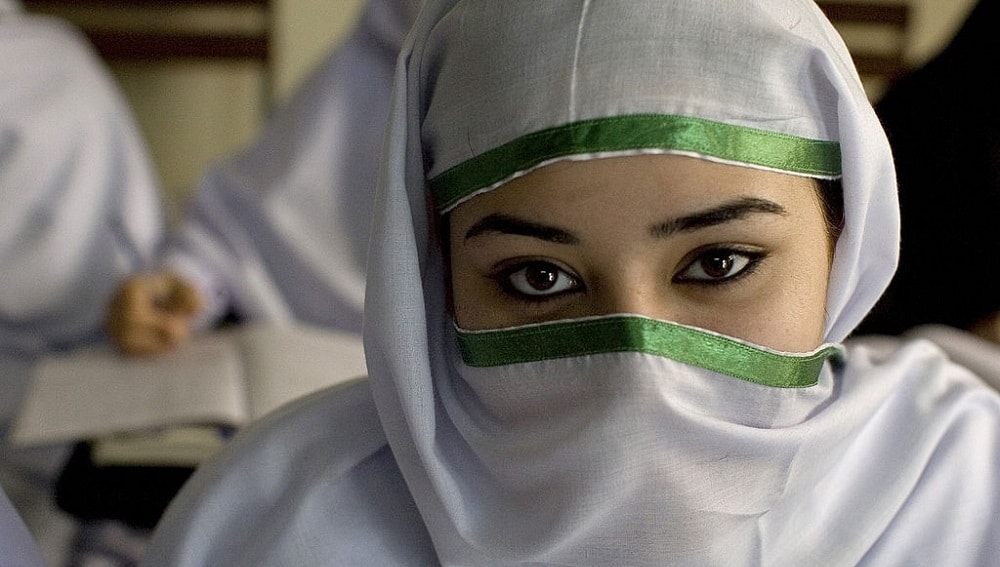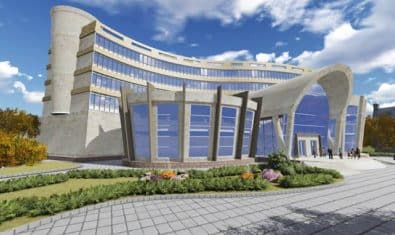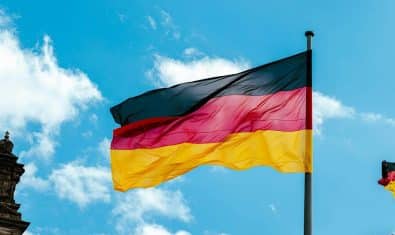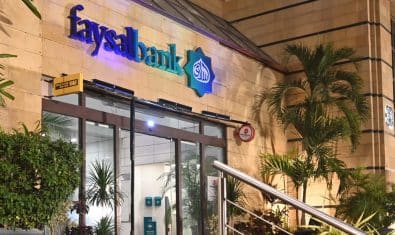The federal government has launched the Pakistan Economic Survey (PES) 2021-22, detailing how the national economy performed in the current fiscal year that will end on 30 June 2022.
Education Completion Rate
According to PES 2021-22, the Primary Education Completion Rate stood at 67%, Lower Education Completion Rate stood at 47%, and Upper Secondary Education Completion Rate stood at 23%. This shows that more students have completed their education till the primary level.
Literacy Parity Index stood at 0.71, Youth Literacy Parity Index stood at 0.82, Primary Parity Index stood at 0.88, and Secondary Parity Index stood at 0.89.
Pre-Primary Education
The participation rate in organized learning—one year before attaining the official age of entry to primary education— stood at 19%. This number, unfortunately, shows that little consideration is given to pre-primary education.
The percentage population in a given age group achieving at least a specific level of proficiency in functional, literacy, and numeracy skills stood at 60%.
Literacy Rate
In FY2020-21, the literacy rate stood at 62.8%; It was 62.4% in FY 2018-19.
Gender-wise
Gender-wise breakdown shows that the literacy rate among males increased to 73.4% in FY2020-21 from 73% in FY2018-19. The literacy rate among females increased slightly to 51.9% in FY2020-21 from 51.5% in FY 2018-19.
Area-wise
Area-wise analysis suggests that literacy rates in both rural and urban areas have increased. The literacy rate in rural areas increased from 53.7% in FY2018-19 to 54% in FY2020-21. The literacy rate in urban areas increased from 76.1% in FY 2018-19 to 77.3% in FY 2020-21.
Province-wise
Province-wise analysis shows literacy rates in all provinces have increased.
Punjab
The literacy rate in Punjab increased from 66.1% in FY2018-2019 to 66.3% in FY2020-21.
Sindh
The literacy rate in Sindh increased from 61.6% in FY2018-2019 to 61.8% in FY2020-21.
KP
The literacy rate in KP increased from 52.4% in FY2018-2019 to 55.1% in FY2020-21.
Balochistan
The literacy rate in Balochistan increased from 53.9% in FY2018-2019 to 54.5% in FY2020-21.
Initiatives to Improve Education Quality
During FY 2021-22, the federal and provincial governments launched various initiatives to raise the standards of education in line with Goal 4 of the UN SDGs.
These initiatives are:
- Enhancing access to education by establishing new schools
- Upgrading the existing schools
- Improving the learning environment by providing basic educational facilities
- Digitization of educational institutions
- Enhancing the resilience of educational institutions to cater to unforeseen situations
- Promoting distance learning, capacity building of teachers
- Improving the hiring of teachers, particularly hiring of science teachers to address the issues of science education
Single National Curriculum
The Single National Curriculum was launched as PTI’s flagship scheme envisioning minimizing the disparity in Pakistan’s education system and providing equal learning opportunities to all segments of society. There are three education systems in the country; public educational institutes, private educational institutes, and religious seminaries.
The SNC will be implemented in three phases. The first phase has been concluded as a uniform curriculum has been introduced from pre 1 to 5 classes at the beginning of the academic year 2021-22.
The second phase will commence with the start of the academic year 2022-23 in which a uniform curriculum will be introduced for classes 6 to 8.
The last phase will start from the academic year 2023-24 in which a uniform curriculum will be introduced for classes 9 to 12.
Improvement in Key Education Indicators
The overall education situation based on key indicators such as enrolments, number of institutions, and teachers has improved significantly.
Enrolments
During FY2019-20, the total number of enrolments stood at 55.7 million. It was 53.1 million in FY2018-19. This shows an increase of 4.9% increase in the number of enrolments in the education sector.
Institutions
During FY2019-20, the total number of institutions stood at 277,500. It was 271,800 in FY2018-19. This shows an increase of 2.1% increase in the number of educational institutes.
Teachers
During FY 2019-20, the total number of teachers stood at 1.83 million. It was 1.79 million in FY2018-19, which translates to an increase of 2.23%.
Expenditure
The cumulative education expenditures by federal and provincial governments in FY2021-22 stood at 1.77% of GDP. During FY2021-22, expenditures on education-related projects stood at Rs. 988 billion, showing an increase of 9.7% from Rs. 901 billion.






















Extremely poor performance by all province. Very disappointed.
What about literacy rate of azad Kashmir and gilgit…. Is it increased or decreased
Misleading article. KP still behind sindh and punjab.